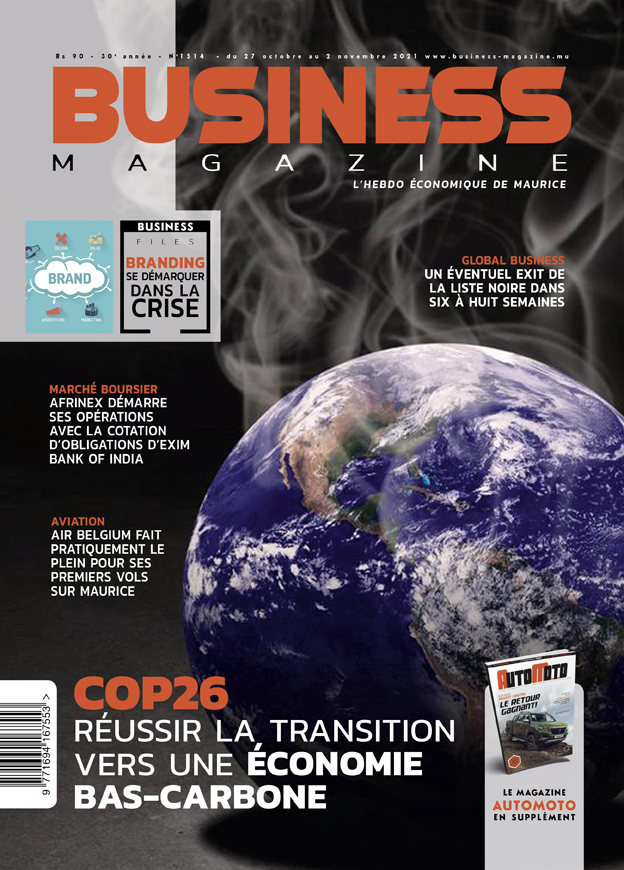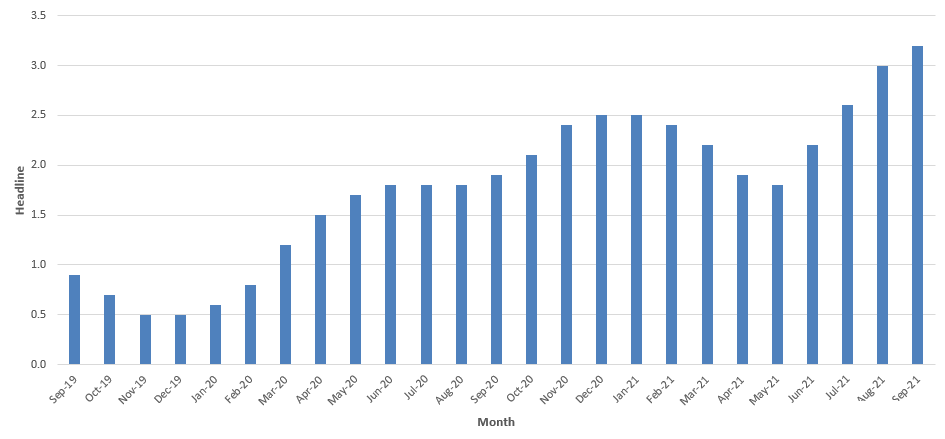CFDs: “a popular choice amongst savvy market participants”
Share

Investing one’s money is not an easy task. A lot of people put off the decision of investing their money as long as they possibly can, coming up with all sorts of excuses. Somehow, the opportunity costs are sometimes high keeping in mind numerous factors; difficult economic environment, increasing inflation pressures affecting consumers’ morale, low interest rates and heightened volatility in global financial markets. Nevertheless, if you keep your money in your pocket instead of investing it, your money will not work for you and you will never have more money than what you save. However, by investing your money, you are able to generate more returns either by earning interest or by buying/selling assets that increase/decrease in value.
There is a broad spectrum of financial instruments available nowadays and people can invest in stocks, treasury bonds, mutual funds, precious metals, real estate, or any combination thereof or even trade in derivative instruments with the main objective to “generate more cash in the future”. The mode of investing has been greatly enhanced due to the advancement in information technology and advent of new age electronic exchanges. Further, cutting edge technologies have enabled seamless mobile trading which allows you to manage your investment/trading accounts from portable devices like a cell phone, smartphone, or even a tablet PC.
In Mauritius for example, people may take advantage of price movements in shares or they may buy government treasury securities. They may also invest in different mutual funds. Interestingly, now there are also other investment options available to Mauritians. For instance, one may invest or trade precious metals like Gold and Silver. Further, participants can benefit from favourable movements in currency exchange rates. As such, there are many possibilities when it comes to investing money for a common man in Mauritius. Contemporary investment finance has seen the innovation of many versatile products through the years and one such product that has continuously gained popularity is the Contract for Difference or (CFDs).
A CFD is an agreement between a buyer and a seller to exchange the difference in the value of a financial instrument between when the contract is opened and when it is closed. This difference is determined with reference to an ‘underlying’ – a share, an index, Forex rate or a commodity and the time for which the CFD is held. There are different categories of CFDs, namely: individual Stock CFDs, Stock index CFDs, Forex CFDs, and Commodity CFDs.
Investors should bear in mind that CFDs are highly leveraged instruments. The initial outlay is usually a fraction (for example 5% or 10%) of the total contract value. Thus, CFDs provide the participant the potential to earn a high profit with a small initial margin and hence the percentage returns (ROI) are much higher than buying the underlying on full payment. Therefore, your money is not all tied up in one transaction and you can use it for other investments.
How CFDs work:
Suppose a market participant has MUR 100,000. If he decides to buy 1,000 shares of a company XYZ Ltd which are trading at MUR 100, he will need to put in all of his MUR 100,000 to buy these shares. Suppose, after a week, the shares of XYZ rose to MUR 110, the participant will make MUR 10,000 on his investment resulting in a return on investment of 10%. This is an example of an investor buying and selling shares on a stock exchange on its cash segment.
Now, let us assume that the market participant has the option to trade the same number of shares of Company XYZ Ltd as a CFD contract. This is how the trade would look like:
Since CFDs provide leverage, the investor will initially pay a margin of say, 10% or (MUR 10,000) for his trading position of 1000 shares of XYZ through the CFD contract. Needless to say, the participant can consider the remaining money for other investments.
After a week, when the price increased to MUR 110, the market participant will make a profit of MUR 10,000 on his position. However, in this case, his return on investment will be 100%. (Transaction costs have been excluded in the above example as these are fairly insignificant.)
Thus, it is evident from the above example that CFDs provide a simple way to profit from a trading position with lower initial outlay of money. However, it is very important to note that the magnified return can work against the participant as well if the underlying instrument moves contrary to expectation. The inherent leverage in CFDs can lead to large profits and losses for the participants.
Given the wide product range and ease of trading, CFD trading has increased significantly through the years and is increasingly becoming popular with savvy traders. Its growing popularity with the retail participants encouraged Australian Stock Exchange (ASX) to introduce CFDs on a regulated exchange in 2007 and it has since then listed more than 70 CFD contracts. ASX has traded 375,745,550 contracts since the commencement of trading with an average of over 2 million contracts per week.
CFDs are a great tool for investors and traders provided one has the right guidance or knowledge of the market. Since CFDs can facilitate trading in virtually any asset class, it is just the right instrument for small investors to trade with a view to take advantage of price movements of different asset classes. Given the proliferation of OTC CFD providers and the scepticism surrounding the counter-party risk, the introduction of CFDs on a regulated exchange will definitely be a welcome step and help broaden the choice for market participants to effectively diversify their portfolios.

















